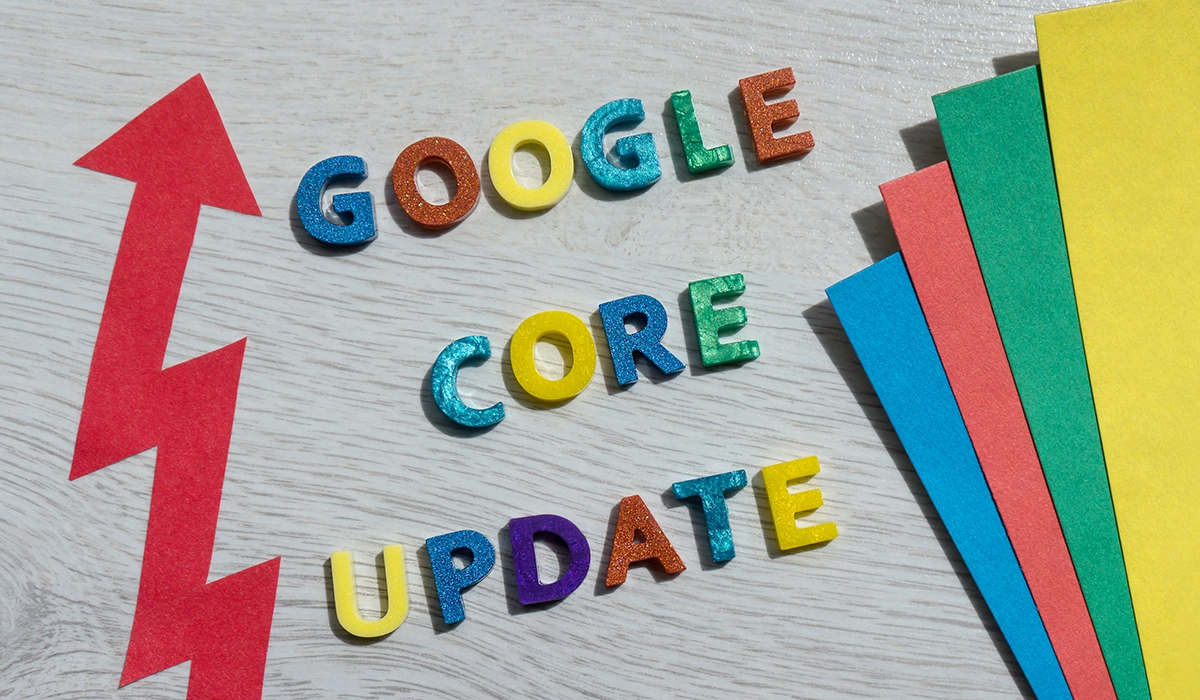Google Clarifies Ranking Signals in its Page Experience Docs
In a move aimed at dispelling confusion, Google recently updated its page experience documentation to provide a clearer picture of how various aspects of user experience influence search rankings. This update comes after previous statements about “page experience” being ranking factors versus ranking signals caused some ambiguity. Let’s delve into the nitty-gritty of this update and explore its implications for website owners and SEO professionals.
Core Web Vitals Take Centre Stage
The updated documentation emphasises the importance of Core Web Vitals as ranking signals. Core Web Vitals are a set of three metrics that Google considers crucial for a positive user experience:
- Largest Contentful Paint (LCP): This metric measures how long it takes for the largest piece of content on a webpage to load. Ideally, LCP should happen within 2.5 seconds of a page load.
- First Input Delay (FID): This metric assesses the responsiveness of a webpage. It reflects the time taken for the browser to respond to a user’s first interaction (like clicking a button). Google aims for an FID of less than 100 milliseconds.
- Cumulative Layout Shift (CLS): This metric evaluates visual stability. It measures how often unexpected layout shifts occur on a webpage while content is loading, potentially frustrating users. Google recommends a CLS score below 0.1.
By prioritising these Core Web Vitals, website owners can ensure a smoother and more enjoyable user experience. This, in turn, can positively influence search rankings, as Google strives to deliver the best possible results to its users.
Other Page Experience Factors: Not Direct Ranking Signals, But Still Important
While Core Web Vitals are explicitly confirmed as ranking signals, Google clarifies that other aspects of page experience don’t directly impact search rankings. These include elements like mobile-friendliness, HTTPS security, and intrusive interstitial guidelines.
However, this doesn’t diminish their significance. A user encountering a non-mobile-friendly website or one riddled with pop-ups is highly likely to bounce off quickly. This sends negative signals to Google about the user experience, potentially affecting rankings indirectly. In essence, focusing on these broader aspects of page experience remains crucial for creating a user-centric website that aligns with Google’s overall ranking goals.
Why the Clarification Matters
The updated documentation provides much-needed clarity for website owners and SEO professionals who were grappling with the distinction between “ranking system” and “ranking signal.” Here’s why this distinction matters:
- Focus on User Experience: By highlighting Core Web Vitals, Google emphasises the importance of prioritising user experience. Websites that deliver a fast, stable, and responsive experience are more likely to rank higher, reflecting Google’s commitment to user satisfaction.
- Prioritisation: Website owners can now prioritise their efforts. Optimising Core Web Vitals should be a key focus area, while other page experience aspects can be addressed alongside content quality, link-building, and other established SEO strategies.
- Reduced Confusion: The clearer distinction between ranking factors and signals prevents website owners from chasing after potentially irrelevant metrics. This allows them to concentrate on the aspects that demonstrably impact search performance.

Beyond the Update: Holistic Approach to SEO
While Core Web Vitals are undeniably important, it’s crucial not to lose sight of the bigger picture. SEO success hinges on a well-rounded strategy that encompasses various elements:
- High-Quality Content: Compelling and informative content that addresses user needs remains the cornerstone of a strong SEO strategy.
- Technical SEO: Ensuring proper crawling, indexing, and technical health of a website is essential for search engines to find and understand your content.
- Off-Page Optimisation: Building backlinks from reputable websites continues to be a significant ranking factor.
By combining a focus on Core Web Vitals with these traditional SEO tactics, website owners can create a holistic strategy that optimises both user experience and search engine visibility.
Tools and Resources for Success
Google provides several resources to help website owners optimise their page experience and track their Core Web Vital metrics:
- Google Search Console: This free tool offers valuable insights into website performance, including Core Web Vitals reports and mobile usability reports.
- PageSpeed Insights: This tool analyses a webpage and provides specific recommendations for improvement, focusing on loading speed and performance optimisation.
- Lighthouse: This open-source tool, integrated into developer tools within most browsers, offers detailed audits of webpage performance, accessibility, and best practices.
Utilising these tools alongside the updated page experience documentation empowers website owners to make data-driven decisions and continuously improve user experience, ultimately leading to better search engine rankings.
Conclusion: A Positive Step Forward
Google’s updated documentation on page experience signals offers a welcome clarification for website owners and SEO professionals. By emphasising the importance of Core Web Vitals while acknowledging the significance of broader user experience factors, Google reinforces its commitment to user-centric search. This update empowers website owners to prioritise user experience alongside traditional SEO strategies, ultimately leading to a more competitive online presence.
However, it’s important to remember that SEO is an ever-evolving landscape. Google’s algorithms are constantly being refined, and new ranking factors may emerge. The key takeaway from this update is the emphasis on user experience. By focusing on creating a website that delivers a fast, stable, and enjoyable experience for visitors, website owners can position themselves for long-term SEO success, regardless of future algorithm changes.
For more information on Ranking Signals contact Click Return.

